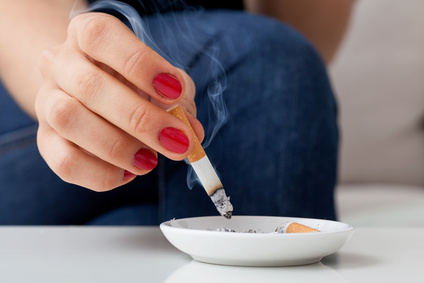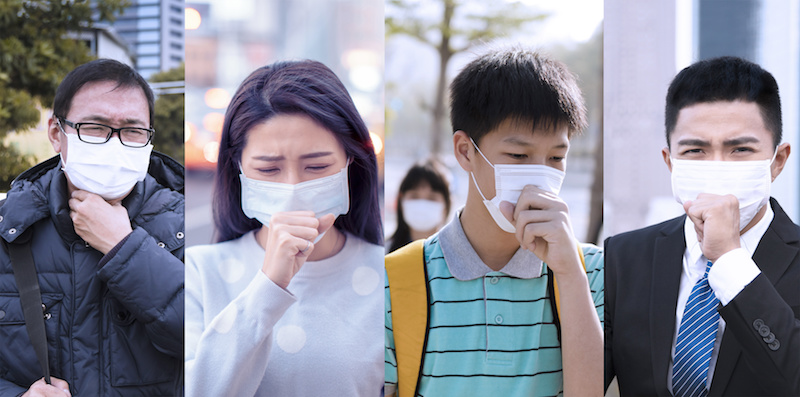by
Stepy —
February 21, 2014
- We have all heard before how detrimental smoking is to our health.
- Years of research have shown that cigarettes are one of the most dangerous products that humans consume, if not the most dangerous. The Center for Disease Control and Prevention reports that every year, an estimated 443,000 people die prematurely from smoking or smoke exposure, and around 8.6 million suffer from serious smoke-related diseases.
- Smoking is not just dangerous to smokers. People who are exposed to second hand smoke have increased risk of smoke related diseases as well.
- Young women who are smokers and have been smoking a pack a day for 10 years or more have a significantly higher risk of developing the most common type of breast cancer. This is the latest finding, published in a journal called Cancer , which is peer-reviewed by the American Cancer Society.
- This study shows that an increased risk of breast cancer is yet another health risk brought on by smoking cigarettes.
- Most of the recent studies on this subject have shown smoking increases the risk of breast cancer, but very few have actually linked it to different subtypes of breast cancer.
- Christopher Li, MD, PhD, of the Fred Hutchinson Cancer Research Center in Seattle and his team conducted this study with 778 patients with estrogen receptor positive breast cancer and 182 patients with triple-negative breast cancer. Estrogen receptor positive breast cancer is the most common subtype of breast cancer, while triple-negative breast cancer is less common but aggressive. The participants in the study ranged from 20-44 years old.
- The research team found that the women who were current or recent smokers of at least a pack a day for at least 10 years had a 60% higher risk of estrogen positive breast cancer. Smoking did not affect triple-negative breast cancer risk.
- “The health hazards associated with smoking are numerous and well known. This study adds to our knowledge in suggesting that with respect to breast cancer, smoking may increase the risk of the most common molecular subtype of breast cancer but not influence risk of one of the rarer, more aggressive subtypes,” stated Dr. Li.
- It is never too late to quit.
- What happens when you quit smoking?
- For 18 tips to prevent breast cancer.
- Fight breast cancer with curcumin and omega-3s.
- For a monthly breast self examination step 1.
- For a monthly breast self examination step 2.
- Note: The content on our website is for educational purposes only. Please consult your health practitioner or a qualified expert.
- REFERENCES:
- 1. Li, Christopher I., PhD. “Height, Body Mass Index (BMI), BMI Change, and the Risk of Estrogen Receptor-positive, HER2-positive, and Triple-negative Breast Cancer among Women Ages 20 to 44 Years.” Wiley Online Library. Cancer, 05 Feb. 2014. Web. 11 Feb. 2014.
- 2. “Smoking Linked with Increased Risk of Most Common Type of Breast Cancer.” Wiley Online Library. Cancer, 10 Feb. 2014. Web. 11 Feb. 2014.
- 3. “Smoking Linked with Increased Risk of Most Common Type of Breast Cancer.” ScienceDaily. ScienceDaily, 10 Feb. 2014. Web. 11 Feb. 2014.
- 4. “Tobacco Use.” Centers for Disease Control and Prevention. Centers for Disease Control and Prevention, 16 Nov. 2012. Web. 11 Feb. 2014.


















